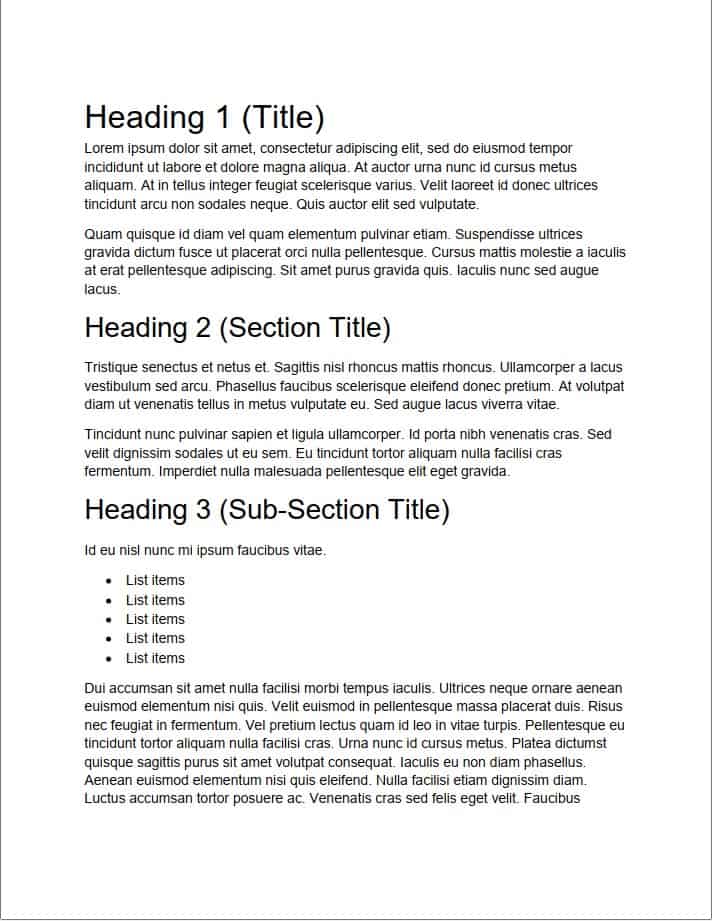How to Write Content for Your Website?
Any web page needs good content. But unless you are an experienced website content writer, creating high-quality content as Google requires it is hard. While most people are specialists in the products or services they are offering, they do not know how to write a text about their services on their website.
Website content writing is a challenge. When you write texts for your website there are several things you have to consider. We would like to give you some content writing tips to help you with content creation.
Search Engine Optimization First!
Remember that you are writing on the Internet. If you want your page or article to be read, it needs to be found first. Let us leave out hiring a web content writer, digital marketing agency or content writing services, or even buying content from content marketers to create SEO content.
Start with keywords, nowadays called search terms:
What are people searching for?
Prior to writing on a certain subject, you should inquire what wording your site visitors are searching for – the main keywords and those that are related to it.
Example: if you write about chocolate, a related word would be cacao. Those terms should be included in the headline and subheadings, and image alt-tags.
Just go to Google and have a look at the related topics in our example.
Since we are just covering content writing in this article, we will not go into details about social media marketing and calls to action.
Readability: Easy Reading is King.
Image this: readability is measurable! In today’s world, there are even algorithms for how humans read and understand the content of your website.
Here are four points that matter:
Easy Reading 1: Write Natural and Plenty.
When you create content, it should have at least 600-1000 words. Do not try to stuff your text with keywords – Google will notice any unnatural warped sentences and artificial tweaks.
Do not copy and paste content from other sites – Google knows that content already and will rank you lower. You may try a Plagiarism tool to test for duplicate content.
Easy Reading 2: Apply a Structure
You will notice that people who read on the Internet have very different reading habits compared to people who are reading books: everything needs to be simpler. Humans reading on the Internet have become accustomed to scanning the content. They jump from headline to headline and only read those paragraphs below the headlines that are interesting to them.
Conclusion: Best is to utilize headlines, sub-headlines and list items, e.g. with bullet points.
Easy Reading 3: Use Plain Language
Another aspect is the language you use in your web content writing. It is best to keep the sentences simple. Unless you write a scientific dissertation, use a language that is simple and fits your target audience.
Take this article as an example: This text’s difficulty corresponds to 8th or 9th-grade level education. It is just about what this audience expects.
This readability is measurable! The Flesch readability score is implemented into some SEO tools. It uses the average length of your sentences (measured by the number of words) and the average number of syllables per word in an equation to calculate the reading ease.
Usually, a reading ease score of 60-70 is considered acceptable/normal for web copy. This article’s score is about 61.
Easy Reading 4: Size of Paragraphs
Even the size of paragraphs is important: If your blog post contains mainly large paragraphs, be aware that statistics show that visual of your content is utterly unattractive to the reader. They move on.
We hope that this article has helped you get an idea of what is needed to write content for your website. If you are interested in us helping to write content for your site, give us a call.


